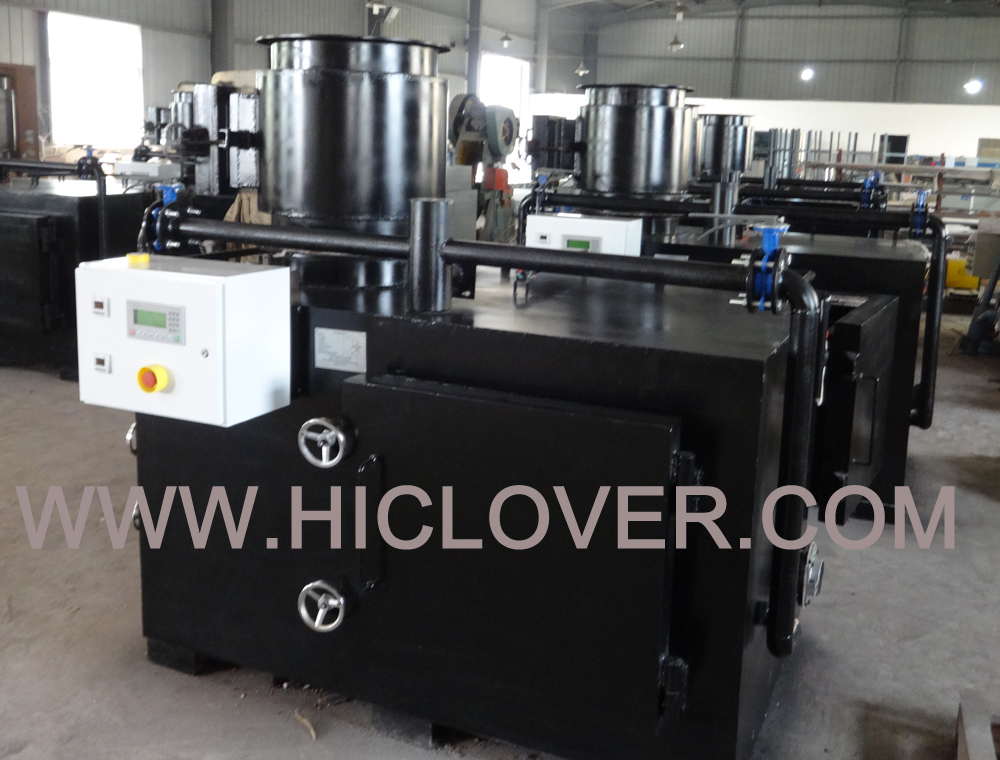Balancing Quantity and Cost: Strategies for Effective Incineration Management
Incineration is a widely used method for waste disposal, particularly in urban areas where landfills are limited and the volume of waste is high. However, managing incineration effectively requires a delicate balance between quantity and cost. If not managed properly, incineration can lead to excessive costs and environmental damage. Therefore, it is essential for organizations and waste management professionals to develop strategies for effective incineration management.
One of the primary considerations in incineration management is the quantity of waste to be incinerated. Managing the quantity of waste involves understanding the capacity of the incineration facility and optimizing the waste stream to match this capacity. This can involve implementing recycling and waste reduction programs to minimize the amount of waste generated, as well as ensuring that the waste sent for incineration is of a consistent and manageable volume.
To effectively balance quantity and cost, waste management professionals should also consider the type of waste being incinerated. Different types of waste require different incineration processes, and some may be more costly to incinerate than others. For example, hazardous waste often requires specialized incineration techniques, which can be more expensive. By categorizing waste and tailoring incineration processes to match the specific waste stream, organizations can minimize costs and maximize the efficiency of the incineration process.
In addition to managing waste quantity and type, another important aspect of incineration management is cost control. Incineration can be costly, particularly when factoring in the costs of equipment, energy, and emissions control. To effectively manage costs, waste management professionals should seek out efficient and cost-effective incineration technologies and practices. This can involve investing in modern incineration equipment that is energy-efficient and has advanced emissions control systems.
Furthermore, to balance cost and quantity effectively, waste management professionals may also want to consider partnering with other organizations to share incineration facilities. By pooling resources and sharing incineration facilities, organizations can reduce their individual costs and manage waste quantities more effectively. This collaborative approach to incineration management can be particularly beneficial for smaller organizations that may not have the capacity to invest in their own incineration facilities.
Overall, effective incineration management requires a strategic approach that balances waste quantity and cost. By optimizing waste streams, utilizing efficient incineration technologies, and exploring collaborative opportunities, organizations and waste management professionals can effectively manage incineration to minimize costs and environmental impact. With the right strategies in place, incineration can be a sustainable and cost-effective method for waste disposal in urban areas.



